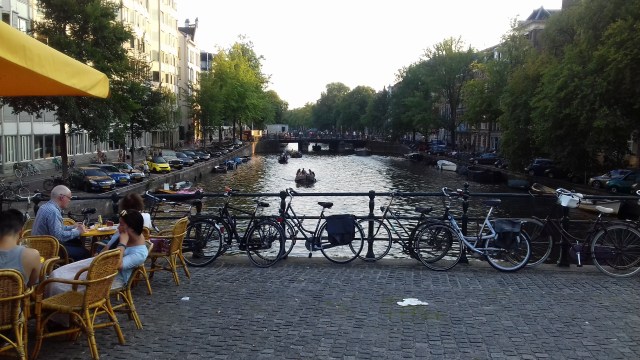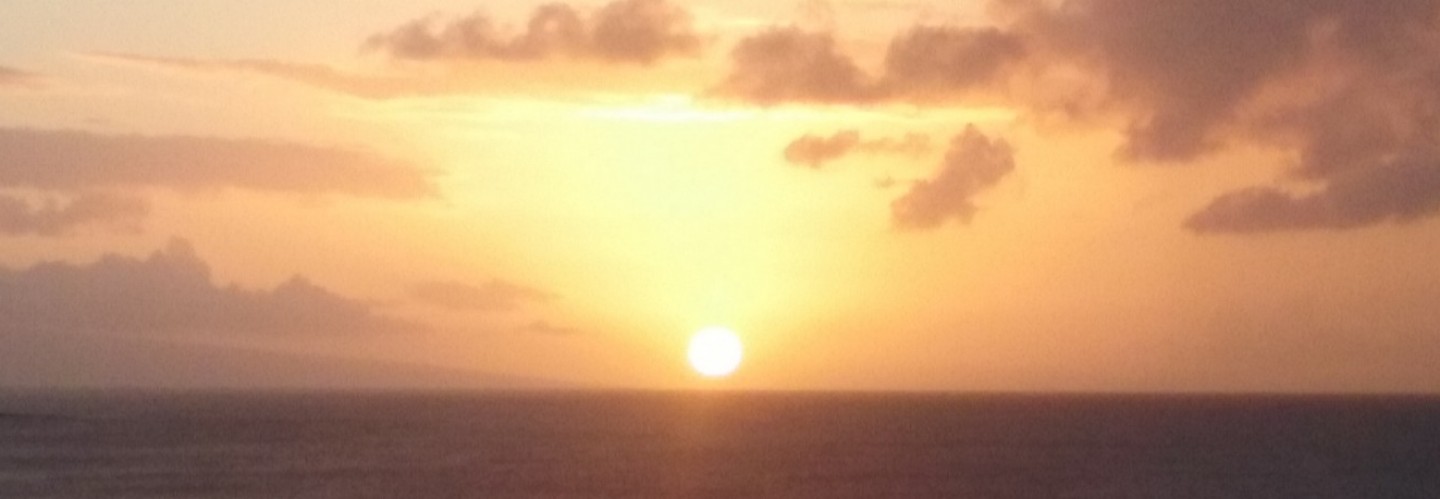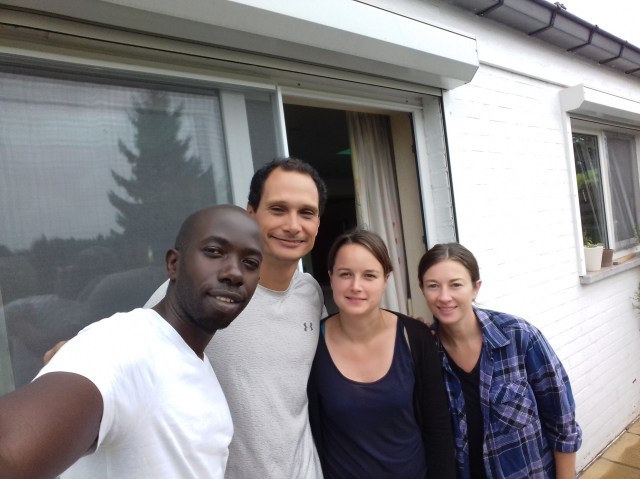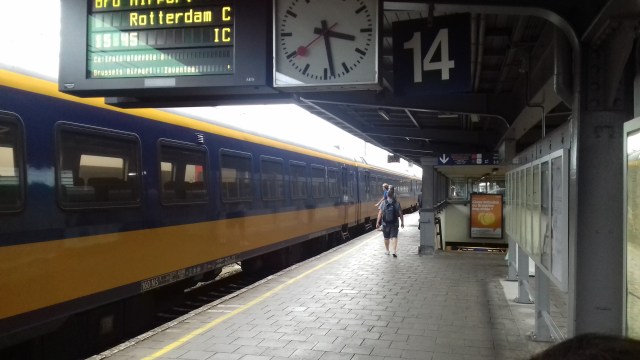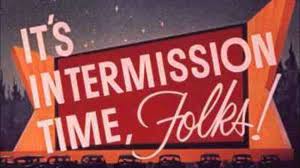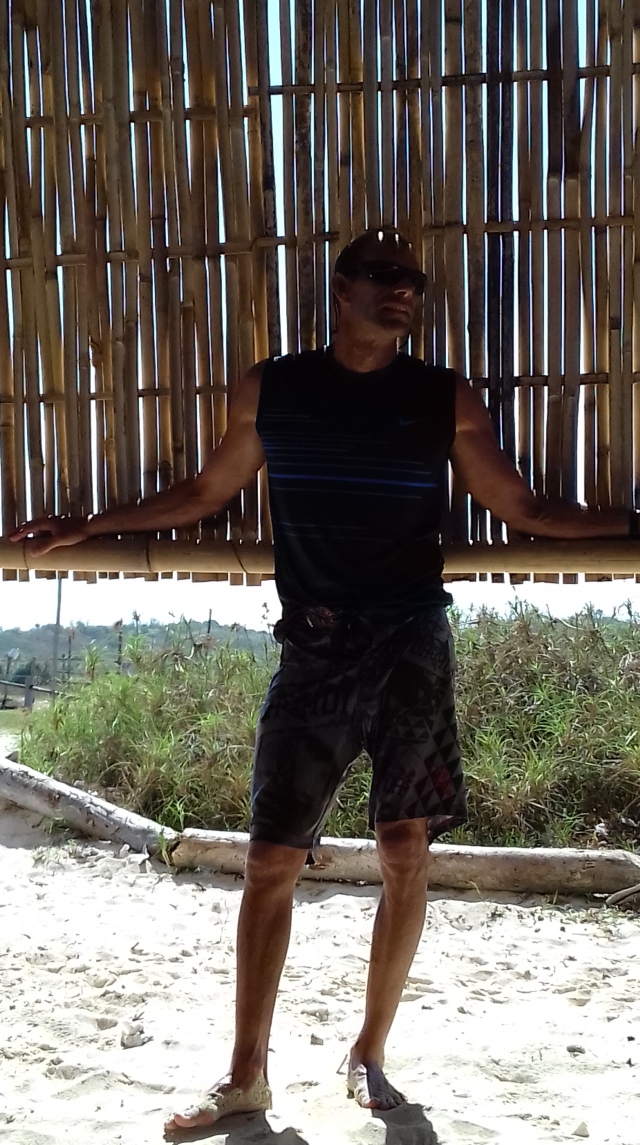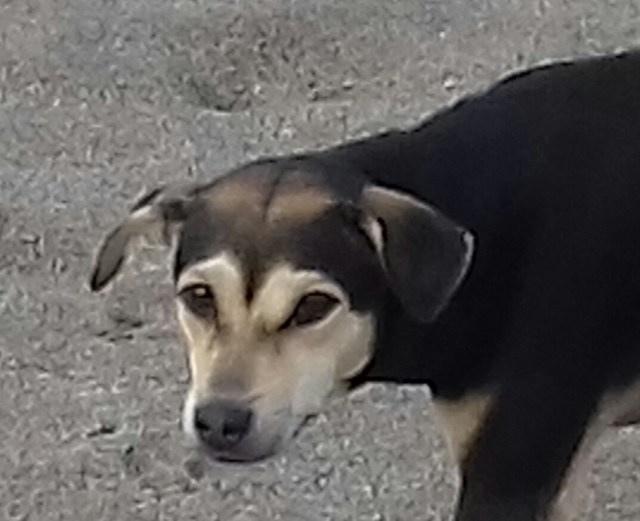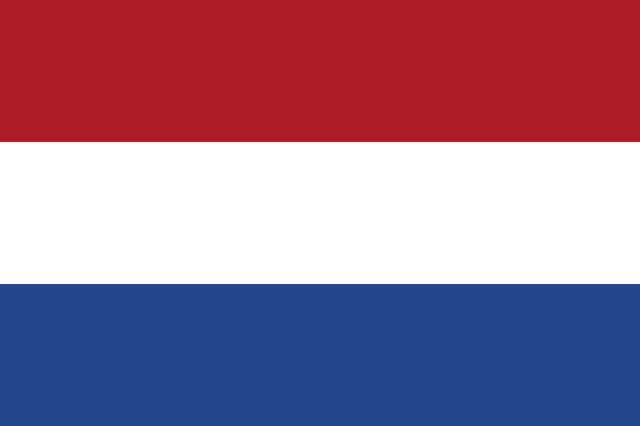
From Brussels, we hopped on a train and headed north to The Netherlands. As we traveled through the Dutch countryside, it seemed like every inch of unoccupied land was used for agriculture or livestock. Although The Netherlands is only the size of Tennesee, it the world’s second largest exporter of agricultural products, and surprisingly the world’s #1 exporter of tomatoes (second only to Mexico).
8 train & bus transfers and 7 hours later, we arrived in the Dutch suburb of Haarlem. We rented bicyles, rode to the beach, and took a dip in the warm 70 degree ocean. At sunset, we pedaled to an outdoor cafe in the center of Haarlem, and enjoyed a great dinner while soaking in the views of Grote Kerk Cathedral. Built in 1479, it housed the biggest organ in the world for many years, and also hosted several legendary composers including Handel and 10 year old Mozart.
The following day we took a short train ride to Amsterdam, and found a hotel in the heart of this busy tourist destination. Despite the crowds of people and countless restaurants and souvenier shops, Amsterdam still retained a quaint, laid back feel. Like most of The Netherlands, the primary mode of transportation were bicyles, and every sidewalk in the city was divided into pedestrian and bicycle lanes (The Netherlands is truly a biker’s paradise).
We began our visit to Amsterdam by lounging and people watching from one of Amsterdam’s many coffee house cafes, and eventually found our way to Madame Trussaud’s Wax Museum. The interactive theme of this museum made it really fun, and Ted “jammed” with Bob Marley while Renata coached Anne Frank on her diary and stole a bottle of champagne from an unsuspecting super model.
After leaving the wax museum we snapped some photos at Dam Square (the gathering and social mecca in the city center), followed by a leisurely stroll along one of Amsterdam’s many canals on the way to the Anne Frank House (no photography allowed inside the house, so you won’t see any posted here). The Dutch are amazing engineers, and nearly one-fifth of The Netherlands’ total land mass was reclaimed from the ocean by way of these canals. The setting sun reflecting off the still water of the canals also made for the perfect end to a perfect Dutch day.
Dank Je Nederlands (Thank You)!
